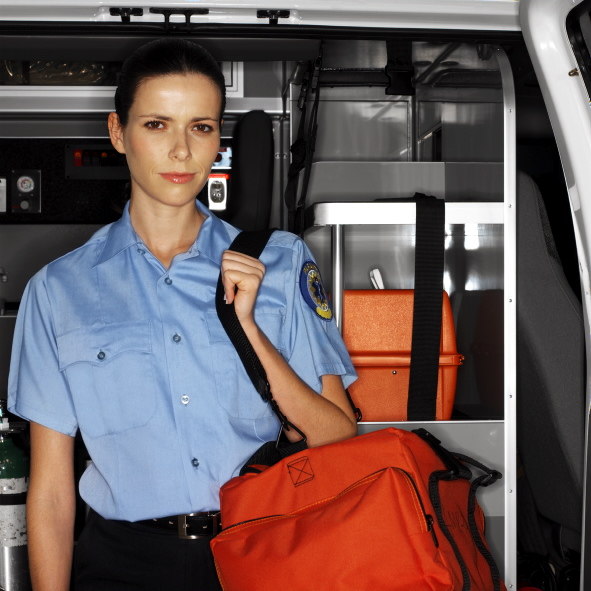Paradigm Shift, Pt 2: Community Paramedic Programs
 Hey, let’s do a series talking about new and innovative ways people/towns/organizations are thinking outside-of-the-box to better meet the needs of specific populations. Today let’s talk about community paramedic programs that are popping up more and more across the country and are aimed at reducing the number of visits chronic 911 callers make to the ER/ED. (Our first post in this series talks about an innovative program in the Netherlands to better take care of Alzheimer’s and dementia patients.)
Hey, let’s do a series talking about new and innovative ways people/towns/organizations are thinking outside-of-the-box to better meet the needs of specific populations. Today let’s talk about community paramedic programs that are popping up more and more across the country and are aimed at reducing the number of visits chronic 911 callers make to the ER/ED. (Our first post in this series talks about an innovative program in the Netherlands to better take care of Alzheimer’s and dementia patients.)
Many paramedics/communities have realized that they have “frequent fliers” –patients that they see frequently because they call 911 for more than just emergencies. Many of these patients, as you’d probably guess, are using 911 in lieu of a primary care physician. And, because these 911 calls often don’t require further transport to the emergency room, or because they can be prevented entirely with some in-home education, many paramedic teams are realizing that they can provide the needed in-home education and, as a result, see a reduction in these types of non-emergency/unnecessary 911 calls. It’s a win-win for everyone. A common kind of education given is diabetes management.
Abbeville, South Carolina started such a community paramedic program. Citizens are entered into the program via a physician’s orders –usually obtained during an Emergency Department visit. Other such programs were started by the Mayo Clinic and Eagle County, Colorado. MedStar, an EMS service out of Forth Worth, TX, who services 14 cities around the county, started a community paramedic program, too, and has some great data showing its effectiveness and cost-savings. In their study of 74 patients, they tracked the patients for one year after they completed their educational program. They saw a reduction by 813 visits to the ED, when compared to the previous year. And, the cost savings translated to about $13,000 per patient. Seems like it’s working!
In addition to providing educational services, many of the community paramedic programs also work to connect patients with other community services and home health agencies if necessary. They say that they don’t want to reinvent the wheel and merely want to fill a gap.

